Stuttgarter Zeitung
June 25, 2008
By Matthias Ring
Dancing Ambassadors
American Professionals and their work with students
You don’t always have to use language to get to know each other, the expression of the body says so much more. That is what young people are learning from professional dancers from New York in the time leading up to the American Days.
“Uuuh!” “Wusch!” “Bang!” Those are strange commands sounding in the small auditorium of the Königin-Olga-Stift in Stuttgart’s Westend. They are directed at 14 girls and two boys. “Uuuh!” “Wusch!” “Bang!” Paul Blackman and Mayuna Shimizu ask you to dance, to “Dancing to Connect”
One can translate this unusual project as “connecting through dance” and it is presented as the kick-off to the American Days in Stuttgart. For this, ten teaching artists and two choreographers from two New York dance companies came to Germany and are currently working with five schools in the Stuttgart Region. The program is sponsored by Stuttgart, the Robert Bosch foundation, the state foundation of Baden-Wuerttemberg and the German American Institute.
The students will be performing at the opening ceremony. “This is about expressing what the students feel,” said Technical Director David Bengali. Bengali is the one with the overview of what has been developed in the five days of practice at the different schools. He is everywhere: from Königin-Olga-Stift he drives to Schickhardtrealschule, after Cannstatt to the Steigschule and still farther out to the Luginslandschule in Untertuerkheim. The farthest outpost of the project is the Oscar-Paret-Schule in Freiberg am Neckar.
It looks as if the students at Königin-Olga-Stift are already quite well “connected.” The movements are flowing and falling into place after the onomatopoetic warm-up. In the beginning however, there was a bit of a misunderstanding: “We thought of Hip Hop dancing,” said Isabel. This is how Jacob and Felix, who do break dance in their free time, could ultimately be convinced to participate. Most of the other students dance outside the school: Jazz dance, Standard, und Erna was even for 7 years at the Stuttgarter John Cranko School.
But both of the New York-based companies do neither classical Ballet nor Hip Hop, rather Modern Dance, a style that Erna from the Cranko-School is familiar with. So it’s no wonder that Paul Blackman is full of praise and already on the second day speaks of a a “breakthrough” so to say, a “Durchbruch.” This is due to the fact that at the Olgastift dance is an important component of physical education – for the girls, of course. Uli Christin Voelker, who teaches French and Sport and is herself a passionate “half professional” dancer, chose it for the teamwork. “What could be better as international exchange?!”
Over this the opinions diverge. At the school there are not only good connections. “It is somewhat contradictory: on the one hand projects of this kind and voluntary assignments are desired, on the other hand there are difficulties to convince the other teachers to give the students time off for these activities,” said the teacher. The student Franziska noted, “three kids from my class would like to participate, but the other teacher discouraged them from doing so.”
The American teaching artists are impressed with the German discipline.
Thus, only 16 from 20 possible spaces in the course are taken. Preparing for the performance means six days of missed classes and a double burden for the young participants aged 13 to 18, because despite this, exams have to be taken, before or after the rehearsals that are scheduled from 10am to 3pm.
However, the students benefit in another way. “We learn to be responsive to one another” says Jenny. “Without making fun of the other one,” added Jakob, even if some movements cost quite an effort. But Jakob said, full of pride: “All that we dance, is from us.” And that is exactly the goal of “Dancing to Connect” - now in its 3rd year in Germany. “So far, no one has had any queasy feelings on the stage because the movements come from the students themselves,” says Jonathan Hollander. He is the Artistic Director of the Battery Dance Company and can look back on at least a quarter century of positive experiences on all continents, and on how different backgrounds can be. “What could be more foreign for us New Yorkers than the culture of Cambodia?” he asks and then enthusiastically reports how dancers and school children in Phnom Penh became so close that there were tears on both sides when it was time to part.
Likewise, it happened at the beginning of the year in Taiwan, where the Company encountered one of the oldest cultures in the world: Aborigines who are being taught in a school. And even in India, where there is a strict tradition of dance and eight different classical styles, completely new and original ways of expression have been developed and conventions were overcome. When Jonathan Hollander calls his dancers “ambassadors,” he emphasizes that it is less about spreading their own culture, but rather more about taking home with them what they have learned from others.
And his impression of Germany? “Hard workers,” he calls the students and is impressed with their discipline. In his work in the melting pot of New York, one always has to remind the students to concentrate and focus, because the pulse of the city is commonly faster. His two ambassadors have seen a good example of typical German discipline, when they joined the group for a public viewing of a soccer game of the German national team, an event that encouraged team building.
Mayuna Shimizu asked about the meaning of the German flag. What the students associated with the colors Black, Red, and Gold, is written on a flipchart in the rehearsal room “Night-Sun-Aggression” or “Sadness-Wealth-Power.”
It is early afternoon. A trio dances “death” which is, for the students, the meaning of black. “ The beginning is good, but the ending is still not clear enough,” says Paul Blackman and demonstrates his version, ending the dance lying on the ground. “Regardless of what he does – it always looks good,” said Jakob. Although the dance project is part of the American Days, one question does not have to be asked at the Königin-Olga-Stift: How has the communication in English gone over? „No problem, we are a bilingual school,” answered Jakob. Only the accent poses difficulties sometimes, said his classmates.
It’s not that easy for everybody
In other schools the exchange is not so easy, for dancing and communicating is not only for Gymnasium students, but also for students with special needs. The standard of the language of the body is also different. Technical Director David Bengali sees it positively: “Every school has its own unique character.”
At the gala performance, the five schools will not dance together, but one after another. The size of the stage does not permit all that much “Dancing to Connect.” „Clearly,“ says Lisa, „we really want to be good. But this is not a competition. This is about each individual.” And that is exactly what the American dancers are trying to communicate in the rehearsals, in which not many words are needed. “Uuuh!” – “Wusch!” “Bang!”
Thursday, July 3, 2008
Subscribe to:
Post Comments (Atom)


































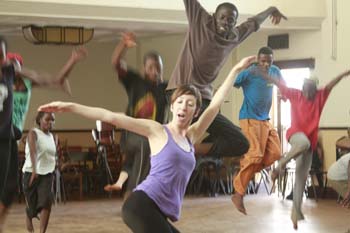




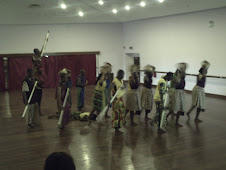

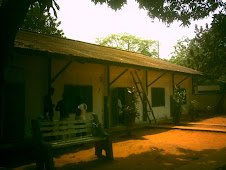
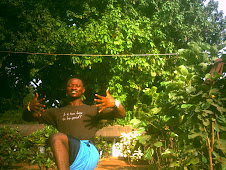

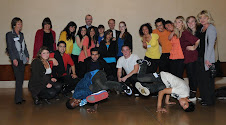
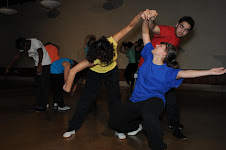

















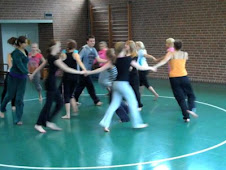

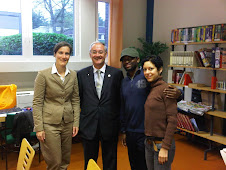
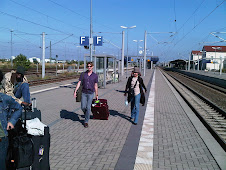





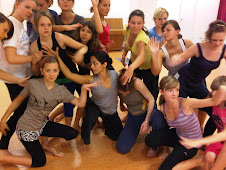.jpg)
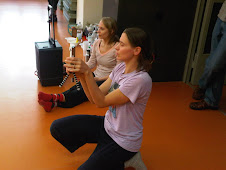

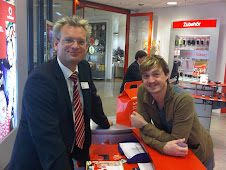



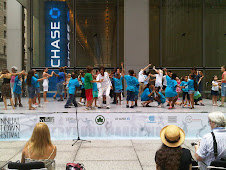
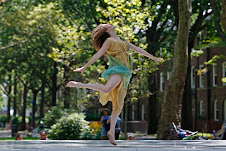
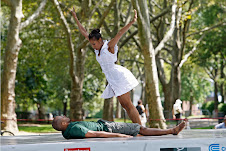
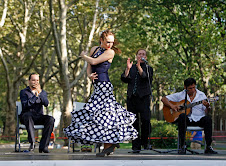


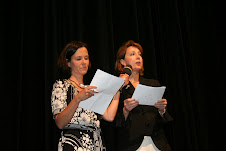
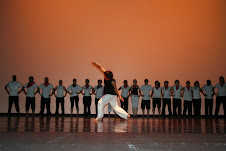

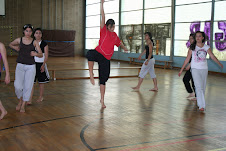
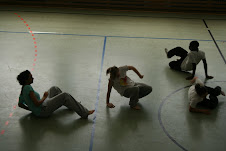














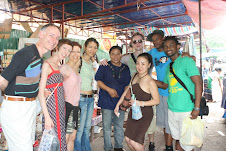
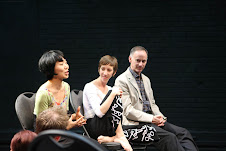
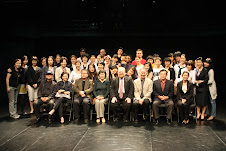

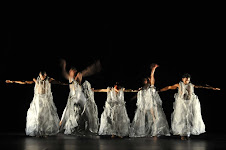
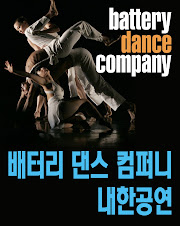
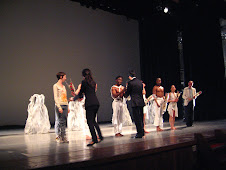
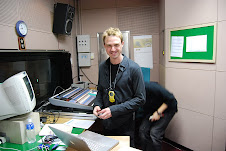
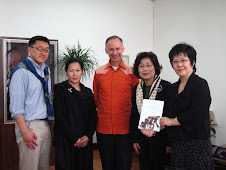
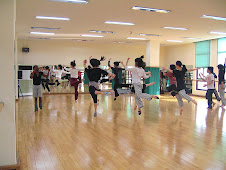
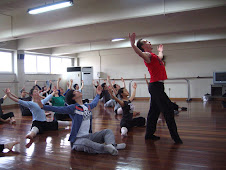
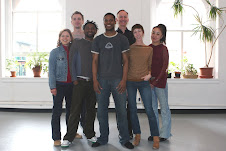
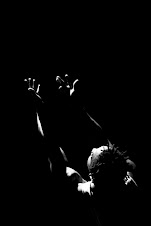
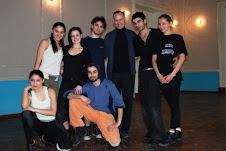
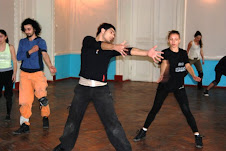
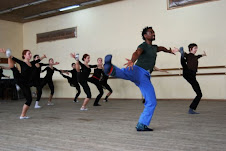
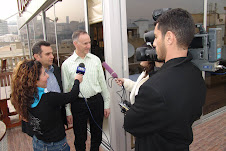

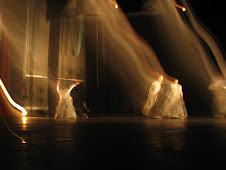
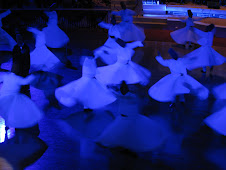





No comments:
Post a Comment